Helpful Adaptive Equipment With Pompe Disease

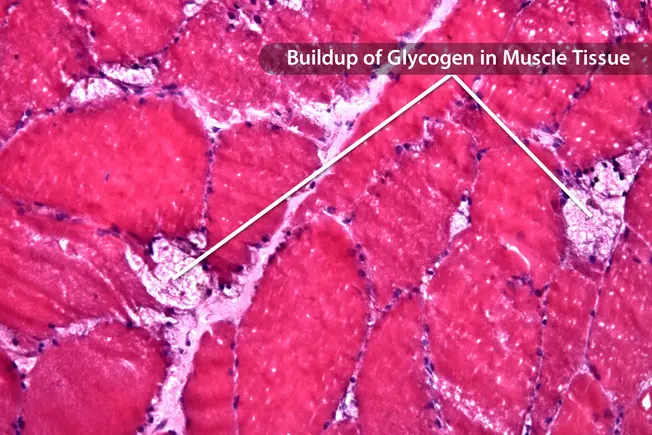
What Is Pompe Disease?
This rare inherited disorder causes muscle weakness and trouble breathing. It happens when your body lacks an enzyme that breaks down a sugar called glycogen. It affects babies, children, and adults. There's no cure, but enzyme replacement therapy can help manage the symptoms. And adaptive devices can help you stay mobile and keep doing your daily activities.

Walkers
Weak muscles make you more likely to fall, but a walker can help keep you stable. Some have four legs, while others have two or four wheels. Some types fold up so you can take them along when you go out. A physical or occupational therapist can recommend a walker for you or your child and teach safe ways to use it.
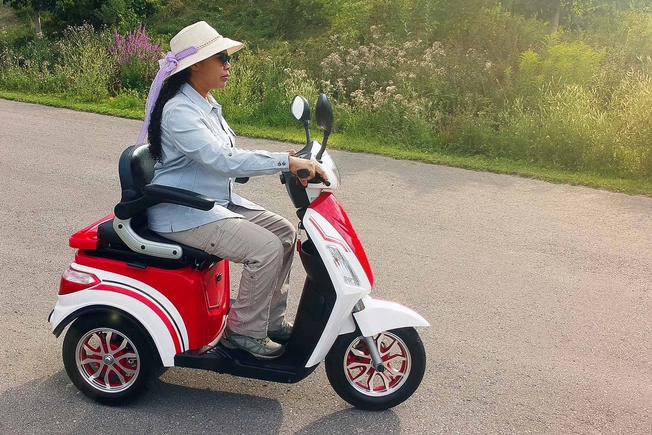
Wheelchairs and Scooters
Symptoms of Pompe disease can get worse over time. If your muscles get too weak to allow you to safely walk, you may need a wheelchair. It's not an easy decision to make, but an electric wheelchair or power scooter can help you stay independent. And you'll have more energy to do things you enjoy. Many designs, styles, and sizes are available. You can even get one customized for you. An occupational therapist can help you choose.
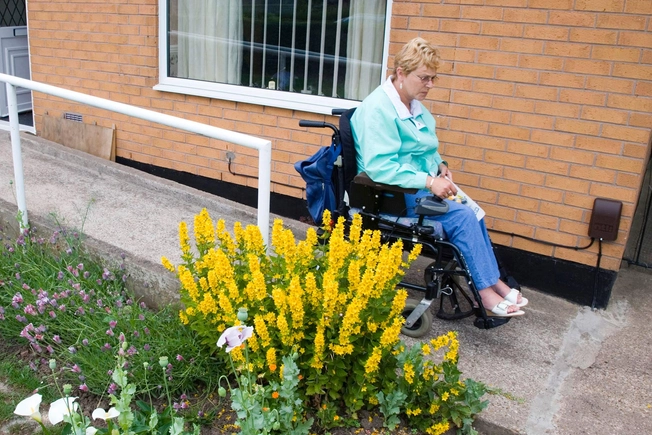
Ramps
Ramps make it safer to move around in your wheelchair or scooter. Small threshold ramps in the doorways of your home let you easily roll in and out. Portable ramps fold up like a suitcase so you can take them with you when you’re out. A builder can install permanent ramps in your home, made of wood or sturdy concrete. These let you climb higher and go longer distances. You might need one if your home has stairs.
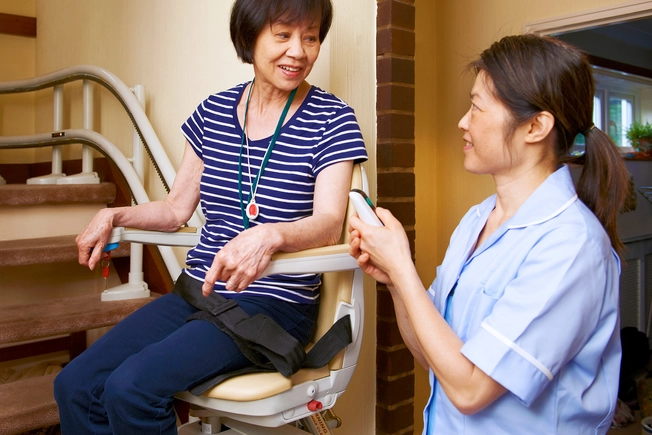
Wider Doors and Stair Lifts
A contractor can widen doorways, or pathways in rooms like the kitchen or bathroom, so you can move around in your wheelchair or scooter. Ask your occupational therapist to visit your home and suggest modifications to prevent accidents. One option is a staircase lift to carry you up and down steps while you sit safely in your wheelchair. You can install them indoors and outdoors.
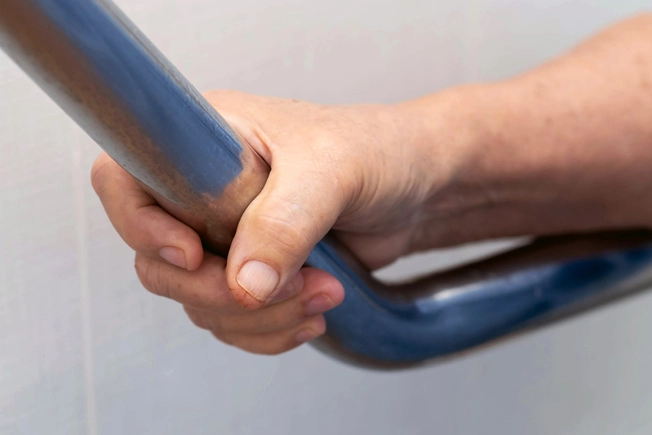
Grab Bars and Shower Seats
Wet surfaces in the bathroom make it easy to slip, especially when you have muscle weakness. Grab bars in the shower and around the tub support you as you bathe. They're installed in shower stalls or into walls at the studs. For further protection and to prevent fatigue, add a shower bench or bathtub seat. Then use a handheld sprayer to wash yourself while seated. A curbless shower or walk-in tub may be best for wheelchair users.
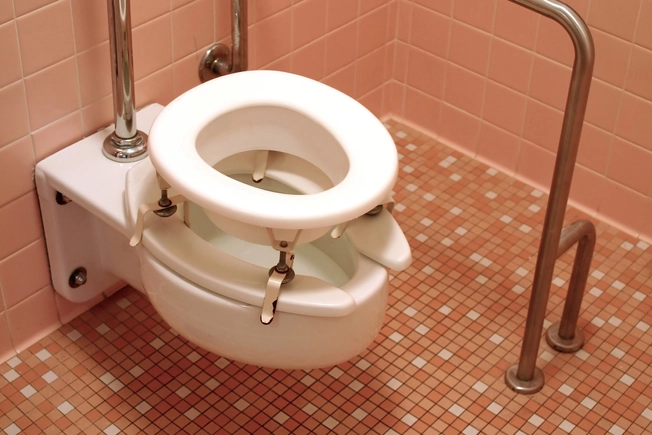
Raised Toilet Seats
Toilet seats are lower than most chairs. So people with muscle weakness may have a harder time using them. A raised seat helps you get on and off the toilet more safely. It bolts onto your toilet and can raise the seat by 2-6 inches. Some have arms to grab for extra support as you stand up or sit down. You can also buy grab bars that attach to the toilet frame.
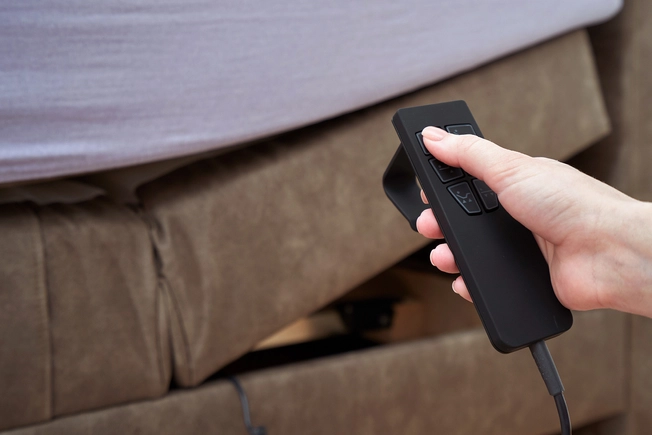
Electronic Beds
When your leg muscles are weak, you may spend more time lying down. Make it easier to get in and out of bed with a model that has electronic controls to move the head or foot up and down. Some mattresses and mattress pads have pumps that let you adjust how much pressure you feel against your body. This helps keep you comfortable and protects your skin.

Orthopedic Devices
When Pompe disease weakens your spinal muscles, you may use a brace to help you sit and stand straight. The effects of the disorder can also permanently shorten your muscles and joints. To prevent that, you might need orthotic devices like finger splints or knee, foot, or ankle braces.
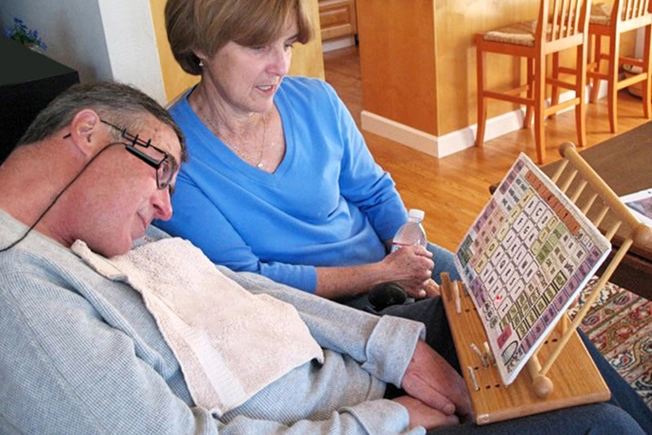
Communication Boards
If Pompe disease affects the muscles that help you speak, you can use a communication board to tell others what you need. You point to words, images, or phrases printed on the board. If you can’t point or hold a pointer, your caregiver or loved one can run their finger over the images on the board. You nod or make a sound when they land on the correct one.

Speech Output Devices
Speech output devices are high-tech communication aids. To create a message, you type on a keyboard, touch images or letters on a screen, or just gaze at letters with your eyes. A computerized voice speaks the message for you. Some devices let you connect to the internet or social media, too.
IMAGES PROVIDED BY:
- Jensflorian / Wikipedia Commons
- shapecharge / Getty Images
- tigerstrawberry / Getty Images
- JOHN BIRDSALL SOCIAL ISSUES PHOTO LIBRARY / Science Source
- Peter Dazeley / Getty Images
- sasirin pamai / Getty Images
- maunger/ Getty Images
- Pridannikov / Getty Images
- humonia / Getty Images
- Fezcat / Wikimedia Commons
- Poule / Wikimedia Commons
National Organization for Rare Disorders: "Pompe Disease."
Muscle & Nerve: “Consensus Treatment Recommendations for Late-Onset Pompe Disease.”
University of Arizona Center on Aging: “Choosing the Correct Walker.”
National Organization for Rare Disorders: “Pompe Disease.”
International Pompe Association: “Adapting to Living With Pompe Disease.”
Christopher and Dana Reeve Foundation: "Picking the Right Wheelchair," "Smart Shower Design and Safety Tips for Wheelchair Users."
Brain: “Clinical Manifestation and Natural Course of Late-Onset Pompe Disease in 54 Dutch Patients.”
Muscular Dystrophy Association: “The Right Ramp Can Make Your Life Easier.”
AgeSmart.org: “Adaptive Equipment.”
Aging in Place: “Six Benefits of Stairlifts for Wheelchairs,” “What to Do When You Redo Your Bathroom.”
Duke University Department of Physical and Occupational Therapy: “Bathing: Grab Bars,” “Toileting.”
Memorial Sloan Kettering Cancer Center: “About Durable Medical Equipment: Toilet Accessories.”
Genetics in Medicine: “Physical Therapy Management of Pompe Disease.”
United States Society for Augmentative and Alternative Communication: “AAC Devices.”
Assistive Technology Australia: “Assistive Technology Guide-Speech Generating Device/Voice Output Communication Aids.”